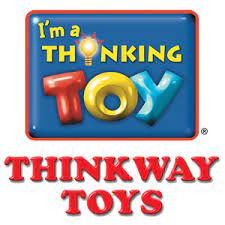


‘Twas the night before Christmas and all through the house, not a creature was stirring except mum and dad who were fretting over the wrapping.
Let us take you back to Christmas of 1996; Charles and Diana were officially divorced, Mad Cow disease was wreaking havoc with the British Beef industry, Dolly the Sheep had just been born and Spice Girls were taking the world by storm with the release of “Wannabe”.
Disney and Pixar released the worlds first fully animated feature film, “Toy Story” but they hadn’t expected the level of success that it achieved. At the time, Mattel and Hasbro declined the rights to toy production as they didn’t see the potential, and actually thought that toys with voices and pre-determined character traits would hinder the imaginative play of children.
Just five months before the films US release, and 11 months before it’s UK release, a small Canadian company called Thinkway Toys took the contract to produce Toy Story toys, including the films bombastic but kind deuteragonist; Buzz Lightyear.
Problems:
- Thinkway was a small producer with limited capacity
- There was a relatively short turn around between the contract being awarded and the films release
- Given that it was Pixar’s first release, the films potential was hugely underestimated meaning initial production was lower than it would have been for a more highly anticipated film.
Come Christmas of 1996 the must-have toy was Buzz Lightyear – pop out wings, retractable helmet, laser and Voice simulator reciting his most famous quotes like “to infinity, and beyond”, but with such low production numbers and unexpectedly high demand, there were a lot of frantic parents and undoubtedly disappointed children.
At one point it was even speculated that Disney had deliberately limited production to enhance the rarity of the toy but this wasn’t actually the case.
What could have been a huge earning potential for Mattel became a cautionary tale about missed opportunities.






































